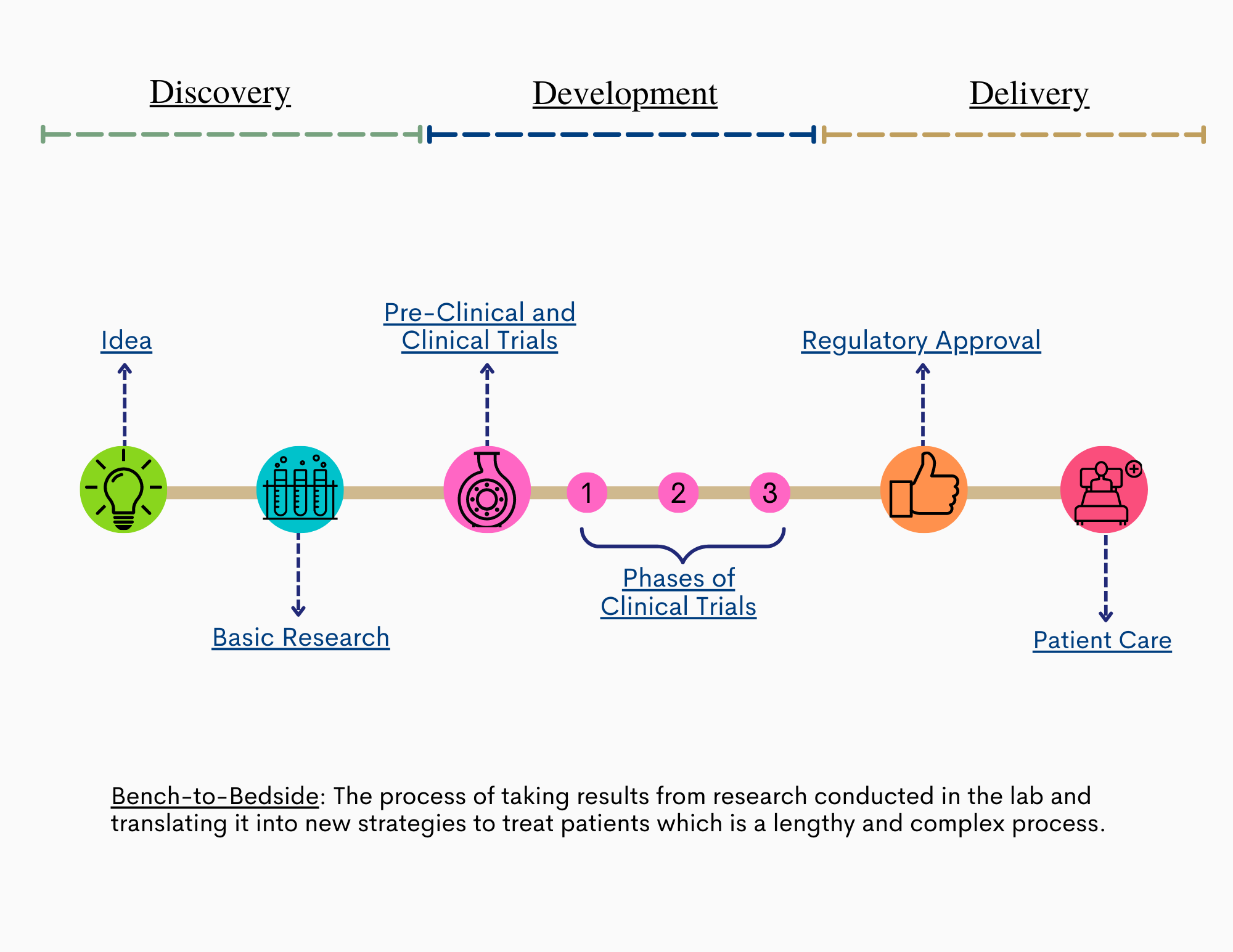Extracorporeal Life Support | ECMO
Research Corner for Patient & Family Support
Introduction of the Research Corner: Welcome to the ELSO ECMO Research Corner!
We have heard from many patients and families interested in knowing what is new in ECMO technology. We are
excited to share this page with you to help provide information on current global ECMO/ECLS Technology
research to improve patient care and outcomes.

Introduction to the Labs Overall (above the different labs): Research for ECMO started in the early 1960’s
by Dr. Robert H. Bartlett (widely known as the Father of ECMO) and a team of other researchers, The first
adult patient was supported in 1971 and the first baby in 1975. Since then, ECMO has been used globally for
various medical reasons for all ages, with greater than 180,000 patients having been supported on ECMO thus
far. Global ECMO Lab Research is currently being conducted to improve outcomes and options for patients
which is essential for keeping patients safe and providing new lifesaving treatments. Please see the
highlighted labs to learn about their contributions.
Introduction
Our first research corner spotlight features: University of Michigan Extracorporeal Life Support (ECLS)
formerly Michigan Medicine
Professor Emeritus Robert H. Bartlett M.D. brought his research to the University of Michigan in 1980 and
has been continuing his research for 50 consecutive years with funding from the NIH. This funding has
allowed the team to work on new technologies to save patients suffering from acute cardiac, respiratory, and
other organ failure to improve quality of life and to investigate new patient populations and clinical
needs.
The technologies and techniques have expanded from babies to kids and to adult patients with either heart
and/or lung failure. The need for ECMO use in adults was highlighted during the COVID-19 pandemic
Current Research Projects:
Below are some of the research initiatives that the Michigan Medicine ECLS Lab is currently working on:
-
Extracorporeal Circulation without the use of anticoagulation (blood thinners)
Goal: To develop ECMO components that replicate the body's natural
process to prevent clotting and decrease the use of anticoagulants (medicine to help prevent
blood clots) to reduce complications.
-
Development of an Artificial Placenta
Goal: To explore the development of a respiratory support device for
premature infants with respiratory failure using modified ECMO technology. The premature infant
remains in an artificial environment, breathing a simulated amniotic fluid as they would in the
uterus.
-
ECMO Cardiac Pulmonary Resuscitation (ECPR)
Goal: To use ECMO technology and new techniques after cardiac arrest
to improve survival and minimize complications. A research model was created and training was
modified for paramedics and emergency medicine physicians to use this technique.
-
Development of an implantable Pediatric Artificial Lung
Goal: To develop implantable artificial lung technology for children
that can serve as a bridge to recovery or transplantation.
-
Small Artificial Lungs
Goal:To develop wearable or implantable artificial lungs to provide
ambulatory respiratory support to adults with chronic lung diseases such as COPD.
-
Organ Perfusion (EVHP: outside the body Heart Perfusion)
Goal:Using a modified ECMO system to preserve individual organs
outside the body after an extended period of time away from the donor. This process can
potentially increase the number of organs available for transplant.
-
Resuscitating Organs for Transplantation (EDCD: ECMO for Donation After Cardiac
Death)
Goal:Using ECMO to improve organ donation for transplantation.
-
Determining the cause of inflammation and organ failure after cardiopulmonary
bypass (CPB) for heart surgery
Goal:To investigate the cause of the systemic inflammation caused by
prolonged air exposure and to prevent multiple organ failure caused by inflammation during CPB
by using a gas called nitric oxide
Discoveries in Science
The ECLS lab has made numerous discoveries over the years, yielding significant clinical impact and results
that have made notable scientific advancements in life support. A few examples of the contributions the
Michigan Medicine ECLS lab has made in science include
- Continued improvements by many investigators of related ECLS technologies, including oxygenators, pump
systems, and catheters.
- The development and use of nitric oxide (NO) impregnated catheters with antithrombotic and
antibacterial properties for use in ECLS components and related systems to further minimize
complications and improve outcomes
- Prolonging the function of organs ex-vivo (outside the body) for more than 24 hours to step towards a
vision of building an organ bank to decrease the long and life-threatening wait for a transplan
- Developing new ways and devices to perform fetal surgical interventions to minimize complications,
including scarring of the uterus.
- Research conducted by the lab investigators on how to recover blood vessels for cardiac bypass surgery
led to the development of device-agnostic guidelines and standardized techniques for effective
endoscopic harvesting. The work improved patient safety and outcomes during such common procedures.
- The development of novel sensors that are used by nearly every hospital in the United States to monitor
gases during heart-lung bypass.
Moving Forward...
Dr. Bartlett’s vision for Michigan Medicine’s ECLS lab is to open gateways of numerous scientific & clinical
advancements, especially in the world of organ function and transplantation. This includes:
• treating diseased organs out of the body and re-implanting them to cure cancer, diabetes, or even chronic
kidney disease.
Overall, the ECLS lab aims to improve patient outcomes by achieving an increased potential to cure critically
ill patients across the world. “Finding new ways for ECLS technologies to make a difference for patients
lies at the heart of our work.” For more information, visit the University of Michigan Lab website.
NIH Grants: PI Robert Bartlett
- ECMO without anticoagulation
- Low Cost Electrochemical Gas Phase Nitric Oxide Generator for Biomedical Applications
For more information, visit the NIH RePorter Website.
Sources:
Graphic Sources:
- https://www.cancer.gov/publications/dictionaries/cancer-terms/def/bench-to-bedside
a. For definition of Bench-to-Bedside
- https://www.docwirenews.com/docwire-pick/bench-to-bedside-translating-science-from-the-lab-to-the-clinic/
a. For Pre-Clinical and Clinical Trials
- https://www.brightfocus.org/clinical-trials/how-clinical-trials-work/phases-clinical-trials
a. For the phases
- https://www.docwirenews.com/docwire-pick/bench-to-bedside-translating-science-from-the-lab-to-the-clinic/
a. For Regulatory Approval
Citation for the Michigan Lab:
University of Michigan. (n.d.). Extracorporeal Life Support (ECLS) Lab | Surgery Research | Michigan Medicine.
Michigan Medicine. https://medicine.umich.edu/dept/surgery-research/research-strengths/surgical-devices-technology/extracorporeal-life-support-ecls-lab